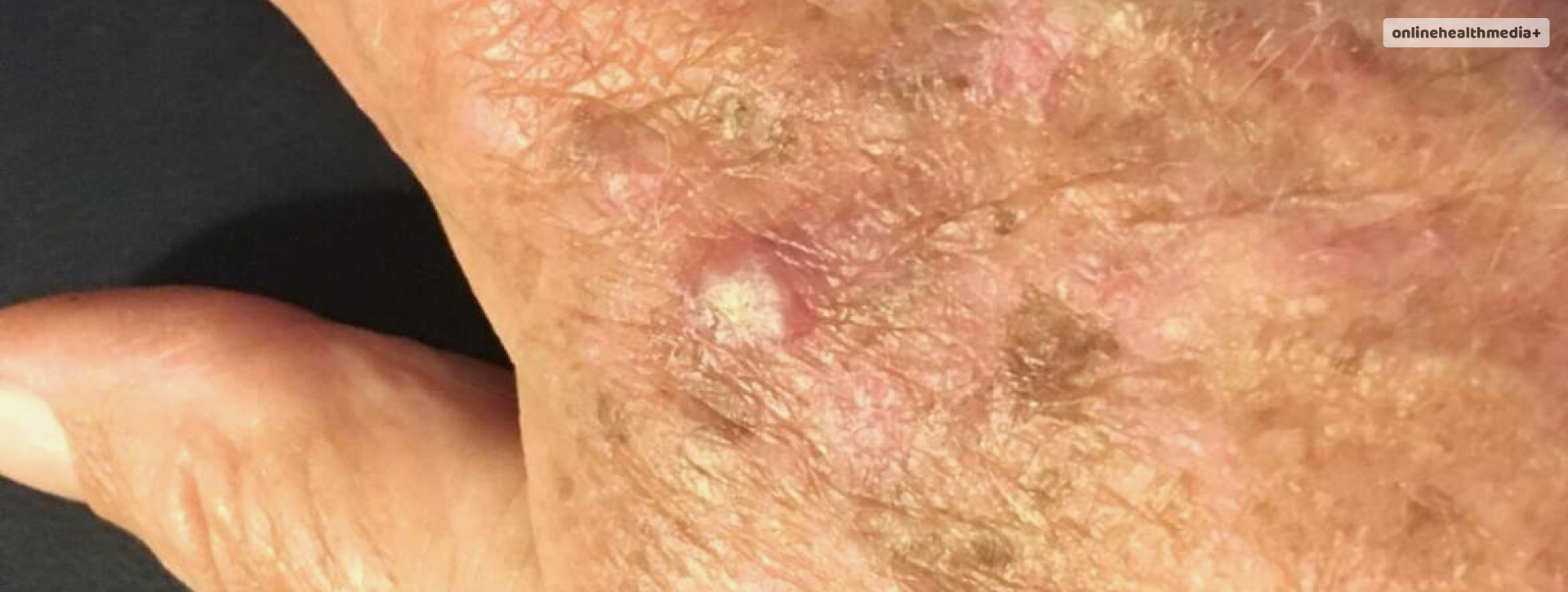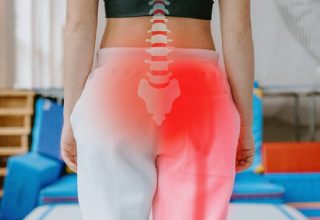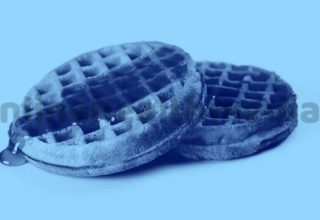Actinic Keratosis Treatments: Topical, Laser Or Chemical Peel, Which One’s For You?
Actinic keratosis is a condition that occurs as pre-malignant cutaneous lesions which can progress to squamous cell carcinoma. The condition may appear from damage due to exposure to sun. The areas of the skin that come under sun exposure.
This is mainly due to a history of cumulative sun exposure- that is, a result of years of sun damage. The most commonly affected areas of the body that can develop actinic keratosis are- face, lips, ears, scalp, neck, forearms and hands, especially the back.
The following article will discuss the symptoms, the nature of skin damage, while shifting the focus to the treatment options that are available.
Contents
What is Actinic keratosis?
A rough, scaly patch that appears on the skin after years of exposure. These may also appear as scaly spots on the skin’s top layer. The affected area may also show signs of a wart-like structure that forms.
There are also chances of the condition turning into a skin cancer type. This may be seen in around 5% to 10% of the cases, where the patient develops squamous cell carcinoma.
How Does It Happen?
The cause of the condition is broadly categorized as sun damage. However, there are also chances of the condition occurring due to intense exposure from UV tanning beds.
How Is The Condition Diagnosed?
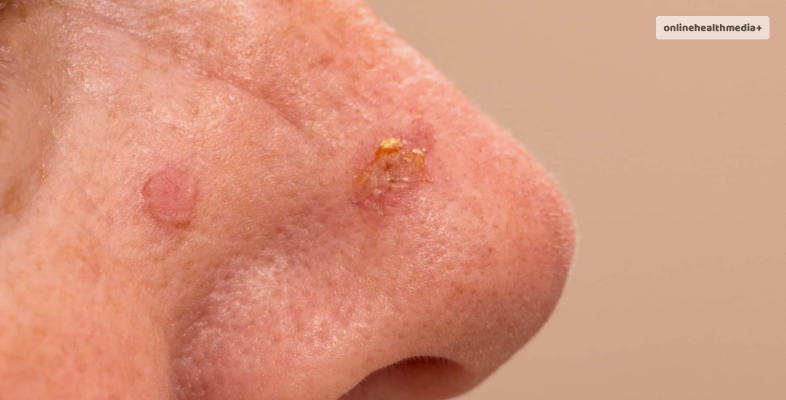
The symptoms that are visible in a person allow the condition to be detected. These symptoms are as follows:
- Dry, rough or scaly skin that can be visible as a raised bump.
- Scaly skin patch that has a diameter less than 1 inch or 2.5 cm.
- Hard, art-like surface may present itself.
- The wart or the bump may be either red, pink or brown in color.
- The bump may also bleed, burn, itch and show crusting.
- New patches that appear on the area of the skin that is exposed.
These signs and symptoms in a person allow the physician to confirm the diagnosis. And detect the presence of this condition.
However, if there remains any doubt, the practitioner may also conduct a skin biopsy that helps in analysis.
Treatment Options
A dermatologist is the best person who can treat the condition properly. The expert can help you go ahead with the correct treatment option that is suitable for your condition. The recommended treatment options include:
1. Lesion-directed treatment:
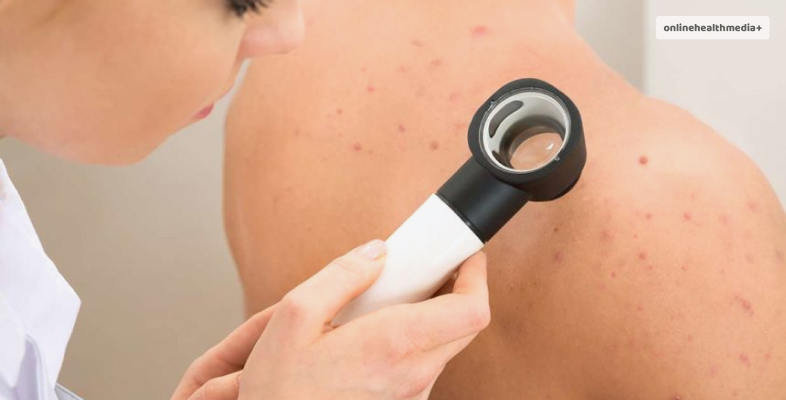
Specific focus on the individual actinic keratoses. which helps in improving the condition.
- Cryotherapy: A common option for lesion-directed treatment, the skin lesions are frozen through freeze-drying technique. This is accomplished with the help of a liquid nitrogen which is either sprayed or applied through a cotton tip applicator. The response rate of the treatment is excellent. It is primarily recommended for patients who have a few or isolated actinic keratosis lesions. Healing in this treatment option is mainly focused on the duration of liquid nitrogen that is applied and the number of freeze-thaw cycles it undergoes.
- Curettage or Shaving: This option is used for hyperkeratotic actinic keratoses that may be unresponsive to other treatment options. This involves removing the lesion with a blade or a curette. This method also allows the collection of samples for histopathological evaluation. The electrodessication is useful in following up the curettage for improving hemostasis.
- Surgical excision: Surgery is another option that allows the excision of the lesion when the diagnosis is unclear. The professional may opt for surgical excision when there is a high chance of squamous cell carcinoma. The histopathological examination can be done with the excised lesion, which can help guide the treatment.
2. Field-directed treatment:
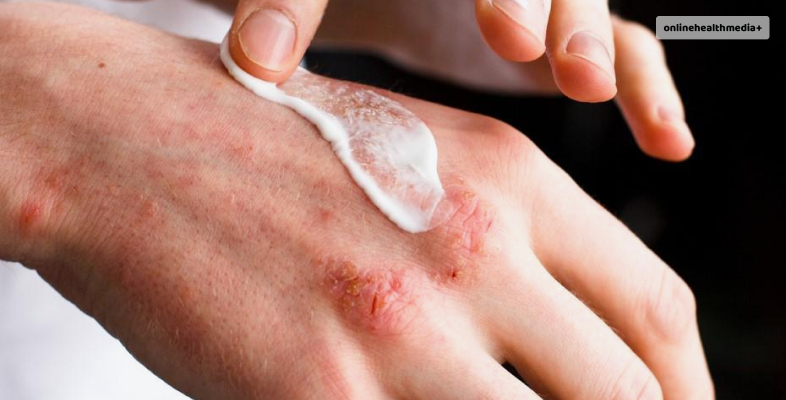
This treatment option is more focused on the treatment of a widespread, multiple actinic keratoses. This includes the subclinical type that fall within the area of chronic sun damage.
- Topical medications: These include several FDA-approved medications that can help in treating actinic keratosis. The medications can be applied at home, usually without the help of someone else. These medications may include- 5-fluorouracil, imiquimod, diclofenac sodium, and ingenol mebutate are great medications that have received FDA approval.
- Laser resurfacing: This is an effective treatment option that uses ablative resurfacing lasers which ablate the epidermis and the superficial dermis. These can include CO2 or erbium-YAG lasers.
- Photo-dynamic therapy: This includes the topical application of photosensitizer over the treatment area, then follows the exposure to light source of a specific wavelength that depends on the penetration depth of the desired skin.
- Dermabrasion: This is the mechanical removal of the superficial skin layers in the area/s that are affected by actinic damage. The motorized handheld device helps in the removal of superficial skin layers that have been damaged.
- Chemical peel: Chemical peeling helps in treating the patients with facial actinic keratosis- which may either be multiple or widespread. The depth of the peel is adjusted based on the specific agent that is used.
Complications Associated With Actinic Keratosis Treatments
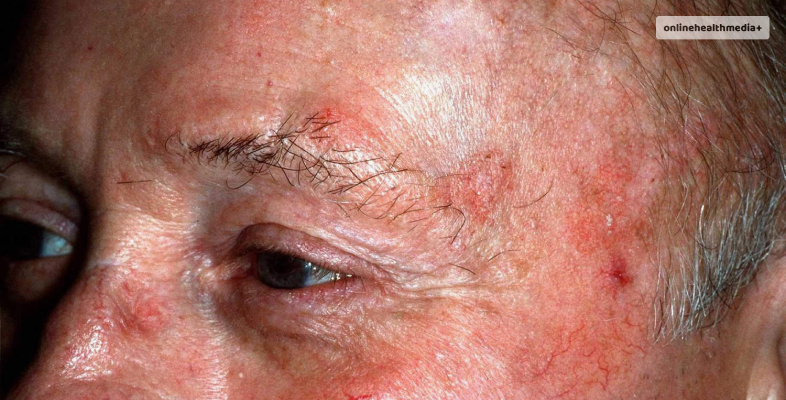
The primary complications that are associated with the treatment options are mostly limited to pain and discomfort. The other adverse effects are-
- Healing Issues,
- Scarring, and
- Changes in the pigment.
For example, if the patient requires PDT as the treatment, then there are high chances of experiencing pain during the treatment.
Preventative Measures To Take Against Actinic Keratosis
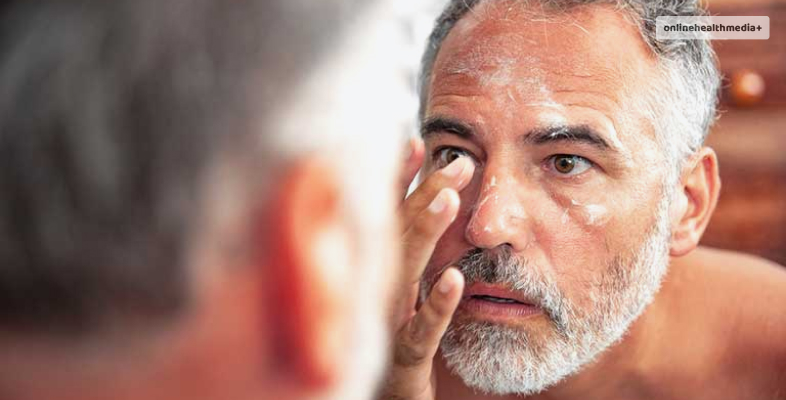
Taking these safety measures can ensure that sun damage is minimized as much as possible and thus, the extent of damage is also reduced.
Following safety measures can help you reduce the chances of sun damage:
- Using sunscreen daily. This will help you in controlling the impact of UV rays on your skin. Irrespective of being outdoors or indoors, you must apply sunscreen to protect yourself from the harmful effects of UV rays. It is important to use sunscreen on all the skin surfaces which are exposed or have chances of being exposed to the sun.
- Limit your time out in the sun. This will help you control the time you spend under the sun, thus, reducing the exposure to the harmful radiation.
- Avoid the use of tanning beds. Despite protecting your skin from the natural sunlight and the UV rays that accompany it, you can still develop the condition. This can occur if you are someone who goes for fake tan sessions. Tanning beds can lead to as much damage as a tan from being under the sun.
- Cover yourself up. This can help you further protect your skin from damage. You can do this by wearing tightly woven clothing, or hats with a broad-brim.
- Check your skin regularly to report any change that may occur. This is part of your self-examination which can help in early diagnosis of a condition. Examining your skin regularly can help you detect new skin growths or any changes.
Conclusion
This was all on the actinic keratosis treatments that exist in 2023. The article presents a list of all the treatment options that will work in your favor if you are experiencing the condition.
This premalignant skin lesion can progress to squamous cell carcinoma if it remains undetected. This can be prevented when you practice self-examination as frequently as possible.
In addition, you also must practice at least half of the preventative measures listed in the article.
Know about any other treatment options that we missed? Let us know in the comments below!
Also read
- Compelling Reasons To Incorporate Shilajit Into Your Diet.
- Hepatitis A Resurgence Sparks Concern Among Vulnerable Populations.
- Navigating The Consultation: What To Expect When Considering Ptosis Surgery.
